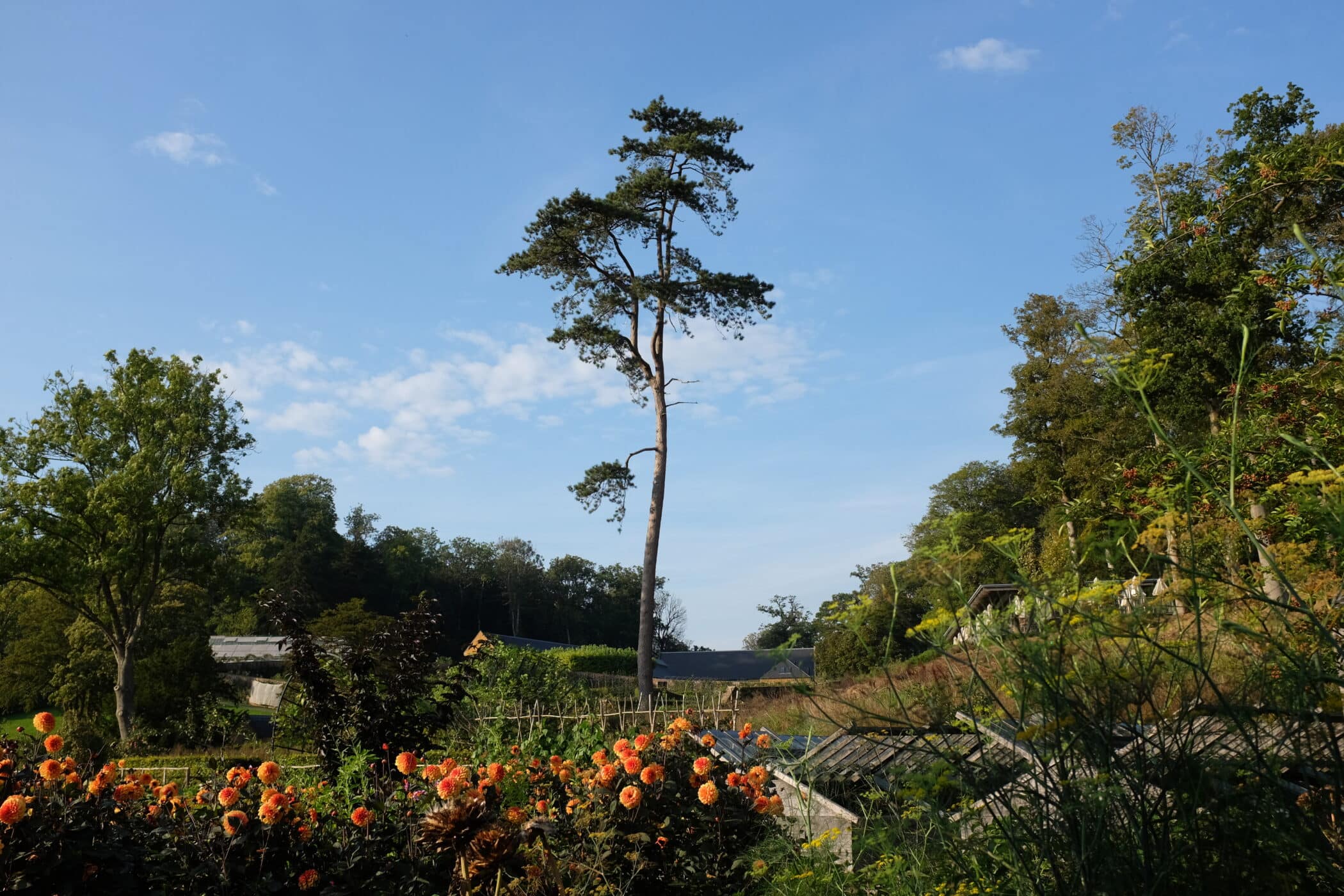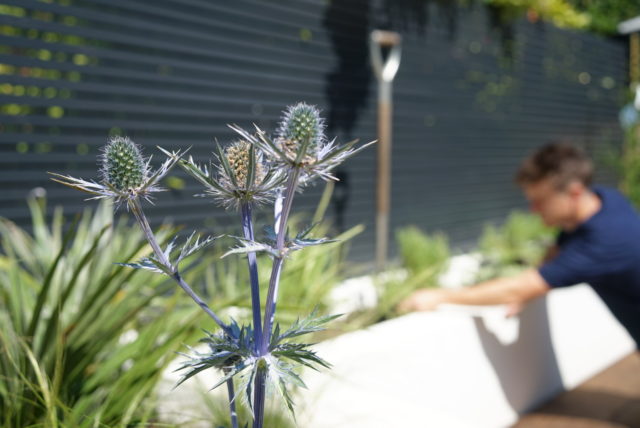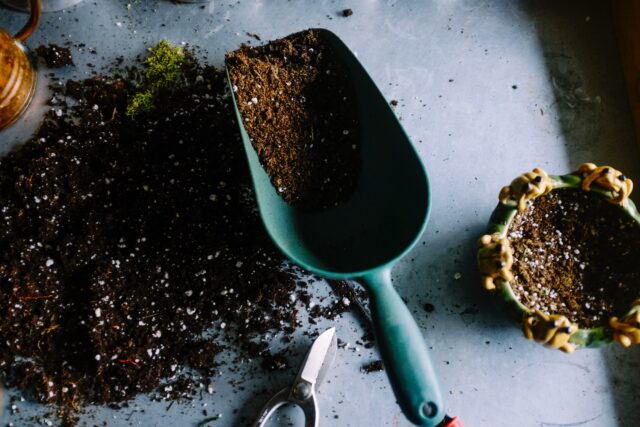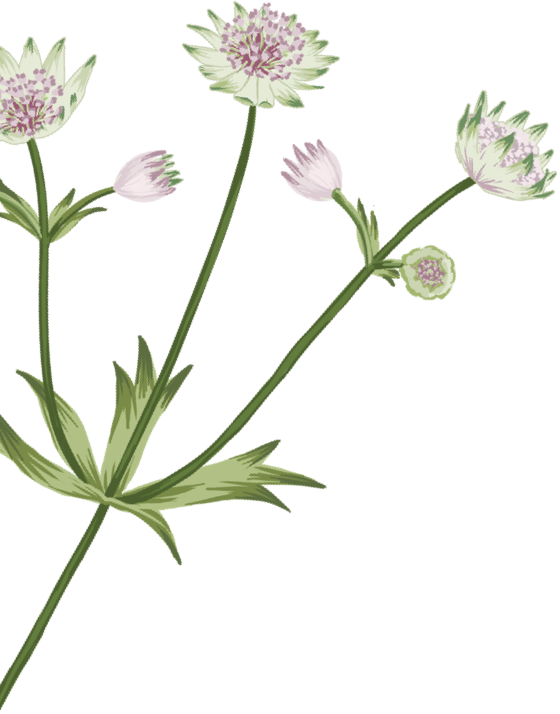Despite spending a full day at The Newt, in Castle Cary in Somerset – named after the Great Crested Newts that inhabit the site – we left feeling as though we had barely scratched the surface. From ornamental parabolas of apple trees, to cottage gardens overflowing with vegetables and nasturtiums, to managed rolling parkland dotted with sheep and British White cows, the view on entering the garden suggests scale, variety, exploration and adventure.
Though recently redeveloped for a grand reopening as a hotel and garden in 2020, The Newt has a long horticultural heritage. The garden sits on the site of Hadspen House, a Georgian home attached to the gardens, and, long before its ‘Newt’ rebirth, was the home and garden of designer Penelope Hobhouse whose legacy is still felt today. We could wax lyrical about the colour gardens and bonsai trees, we could go on for hours about the woodland walks or perfect recreation of a Roman Villa (complete with historically accurate planting for what it’s worth), and we could talk the hind legs off a British White about the welcome embrace of the Winter Garden during a downpour, but we will remain focused. Our job today is to share some key takeaways from an extraordinary garden that we believe can be applied to most outdoor spaces, no matter the size.
A bench with a view
Having somewhere nice to sit really makes a garden. And you cannot move for somewhere nice to sit at The Newt. Every bench, every chair, every log, has been positioned with the view in mind. When positioning seating in your own outdoor space, (garden, terrace, or balcony!) think about the view. If space restricts where you are able to position seating, consider at least introducing something interesting where it faces – it could be a collection of containers, a mirror to increase the sense of space, or small water feature. It’s just as important to think about what your seating will look onto, as what the seating area itself looks like.
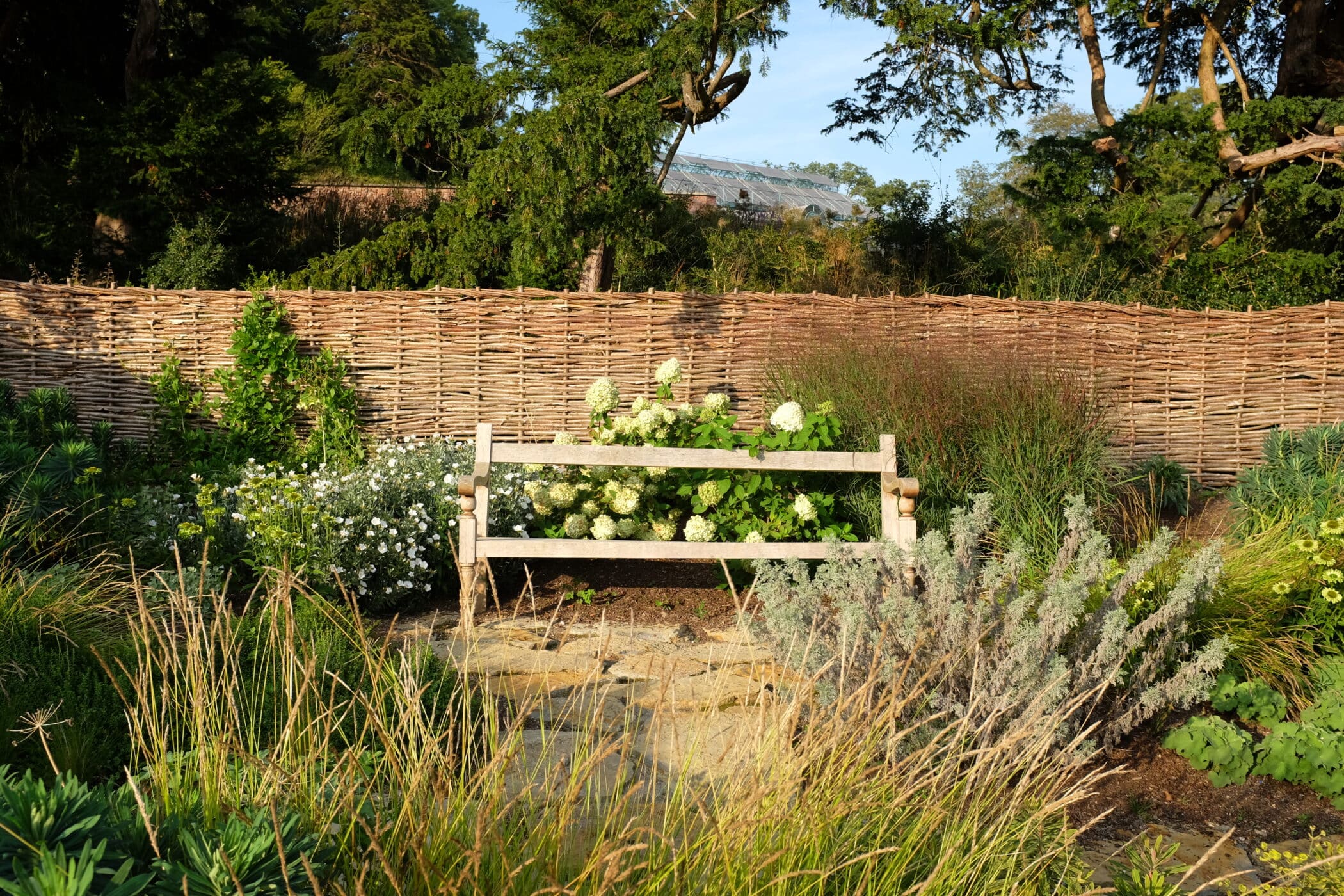
Water
Water has so many positive benefits in a garden. The noise of trickling water can help create a calming atmosphere, and the water itself almost always eventually invites insects, amphibians and other wildlife. It also injects both visual and environmental variety. Water is everywhere at The Newt and we loved seeing the different ways it was used – from ornamental to natural. Whether a large ornamental pond, a small wildlife pond, or a bird bath on the sill of a balcony, water is always a welcome addition to any outdoor space.
#DigTopTip – Make sure to keep any bird baths clean, topped up and if they’re made of a breakable material such as stone or terracotta, drain them during the winter to avoid cracks occurring.
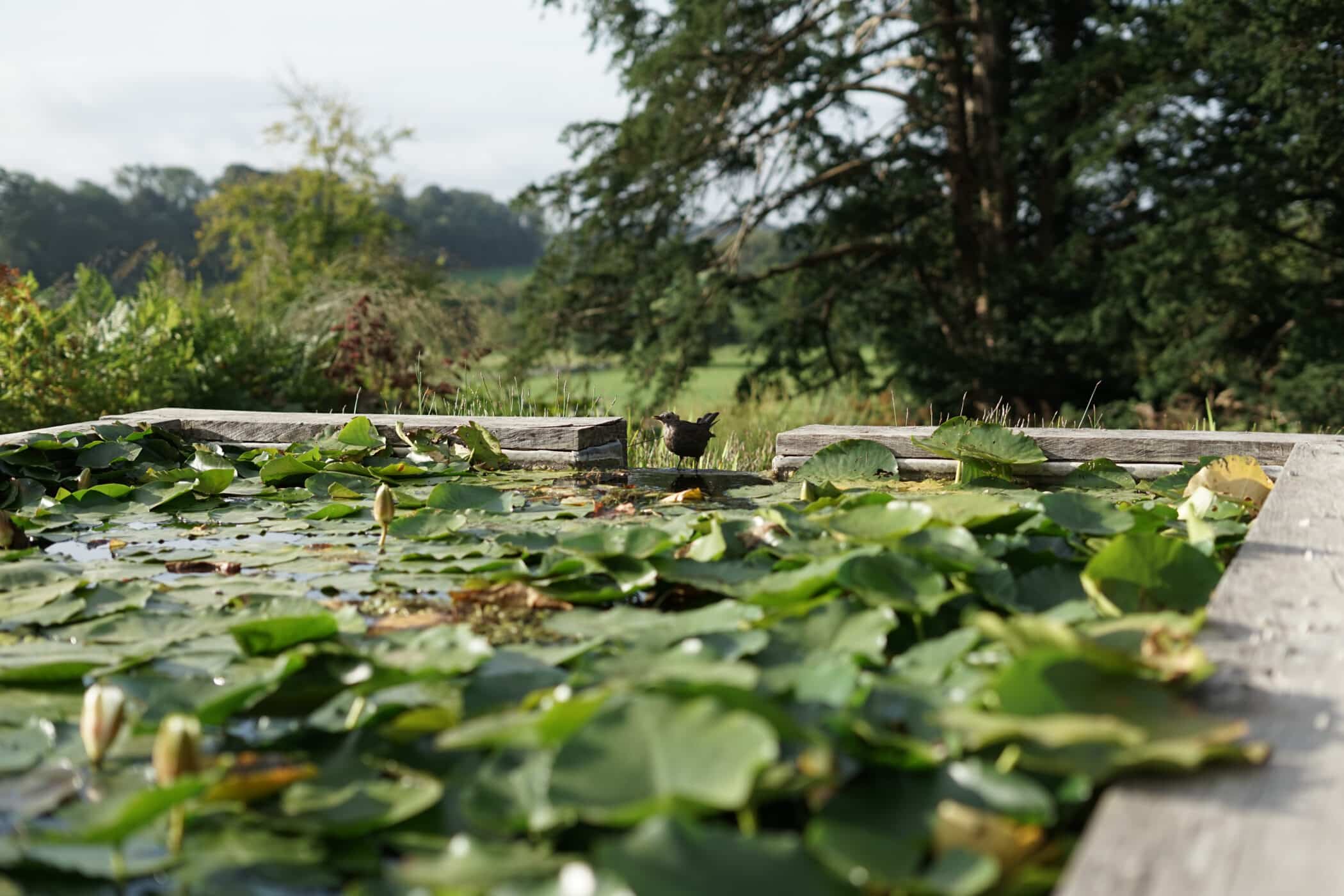
Grass
Ornamental grasses are used heartily, surrounding visitors in flowing blades and seedheads at various points through the winding pathways across the site. Ornamental grasses can be used to great effect to create aural as well as visual interest with fronds blowing gently and sensorially in the wind. Certain smaller grasses can work just as easily on a balcony too.
If you’re looking for the right Dig theme to introduce some ornamental grasses into your garden, they are present in almost all themes but particularly so in The Mediterranean and The Nordic.
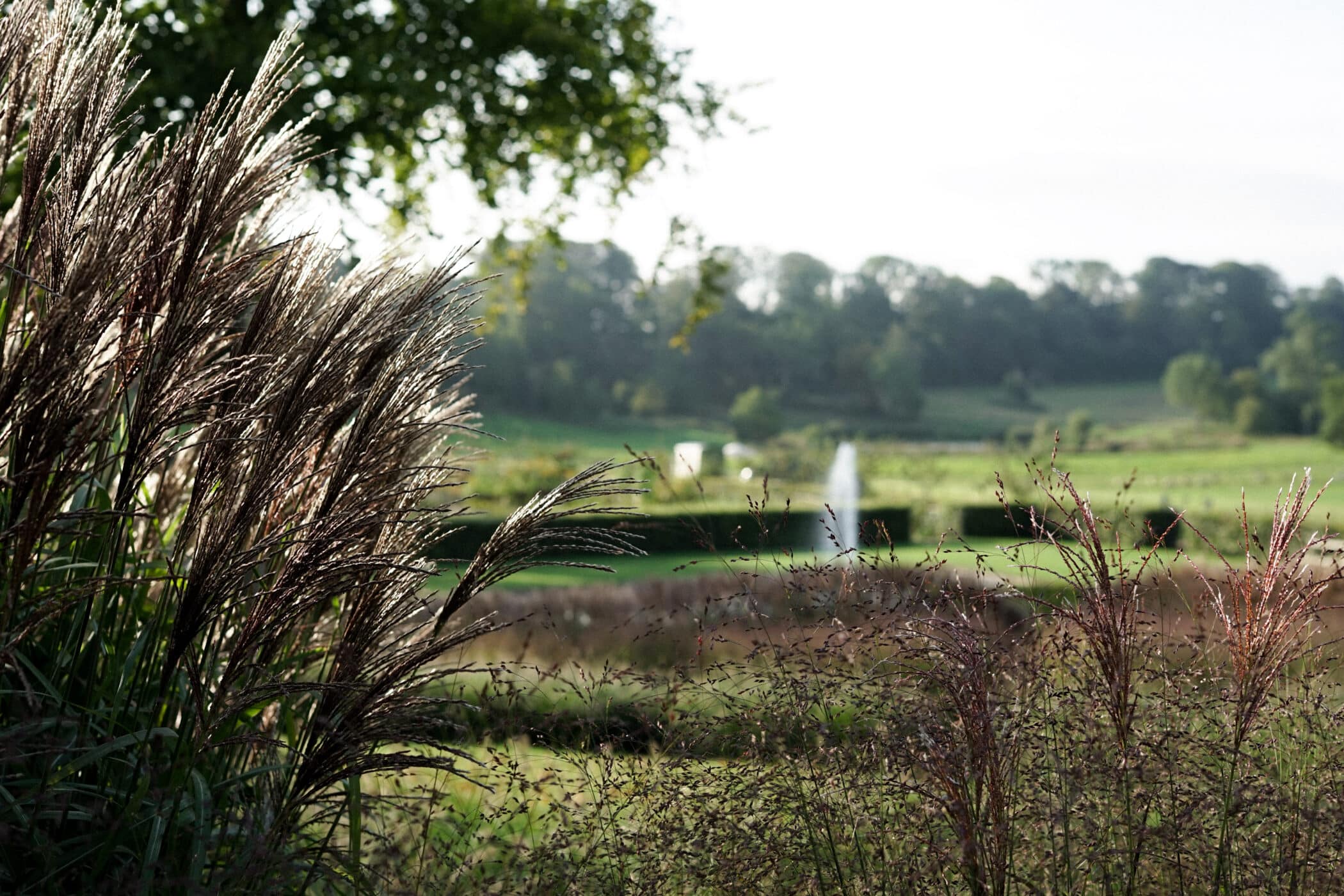
Logpiles
We found the beautifully-mossy logpile below in the depths of The Newt’s woodland. The habitat is perfect for insects and other animals and though this logpile is set amongst acres of land, it could just easily be sat in the corner of a contained urban garden. Insects in cities need every bit of help they can get so introducing a logpile to slowly decay over time will do wonders for your outdoor space’s local eco-system.
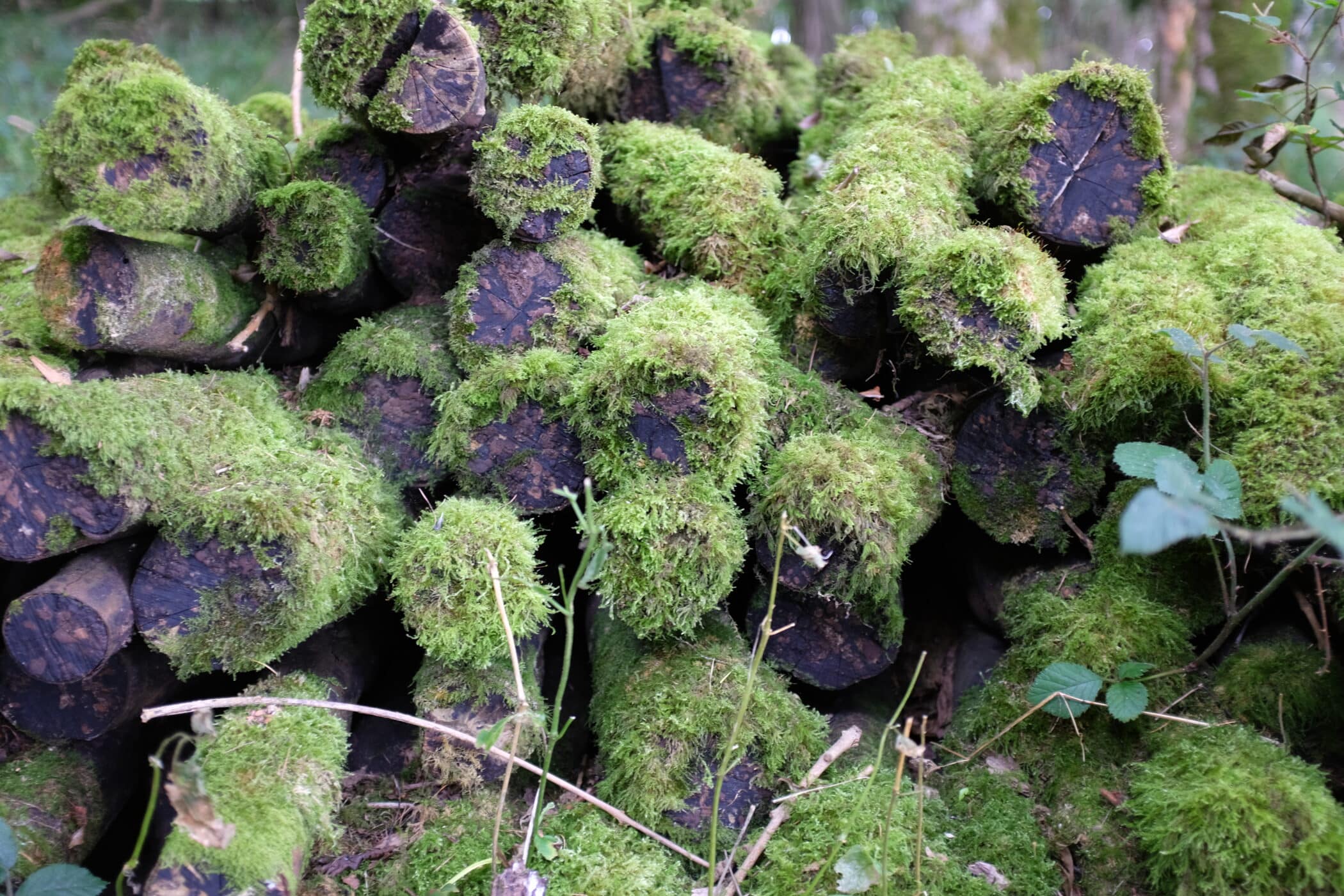
Showstopping feature plants
We admired the use of central feature plants around the garden. At various points, small trees appear, surrounded by lower level planting to great effect. This is key technique we apply in every Dig Instant Bed with focal, structural height, surrounded by other shrubs, perennials and annuals.
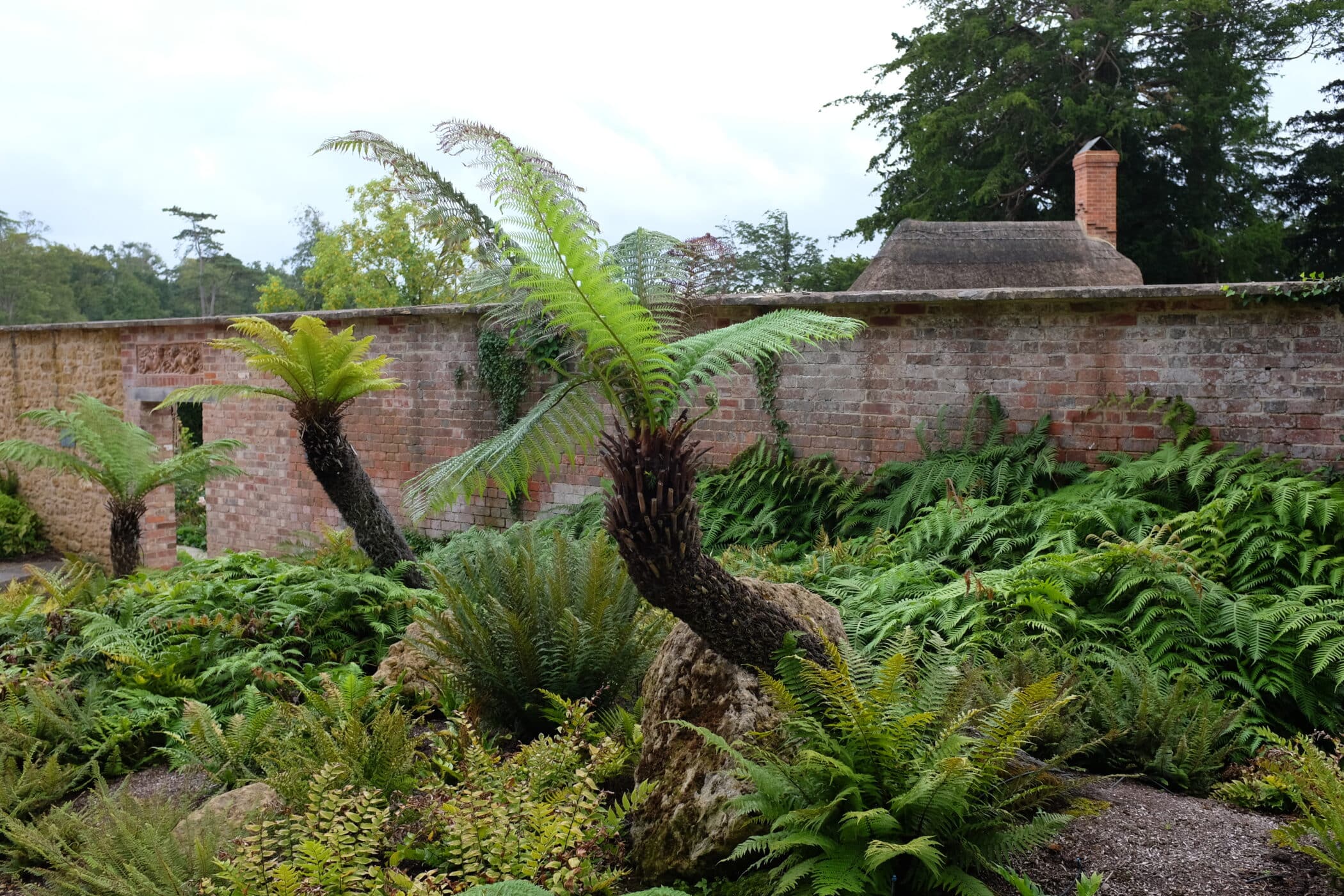
Don’t fight it (too much)
Even in the most manicured gardens, we often see nature fighting hard to escape the confines of where gardeners have positioned it. The Newt showed us that, rather than fight it, if we embrace the slow creep of nature in our own gardens it can provide beautiful results.
Harts Tongue Ferns (Asplenium scolopendrium) that have naturally seeded in the cracks in walls, or Mind-Your-Own-Business (Soleirolia soleirolii) growing along and up tree trunks, provide both interest and solidity – and a feeling of a garden that is settled and established. Naturally, it’s a good idea to be mindful of naturally-seeding and spreading species taking over, especially if they are dominating other carefully chosen plants, but carefully allowing nature to do its thing can be both surprising and rewarding.
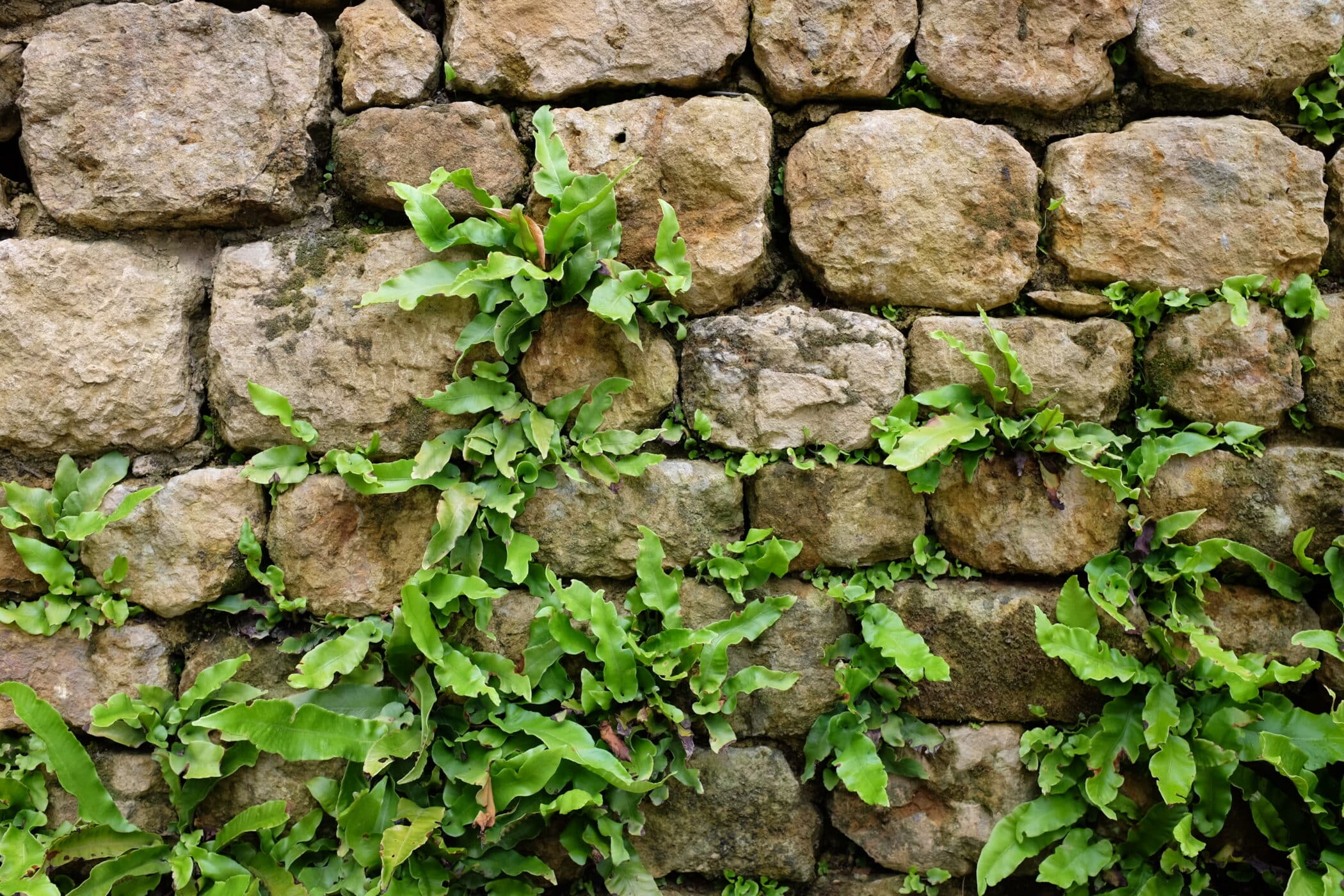
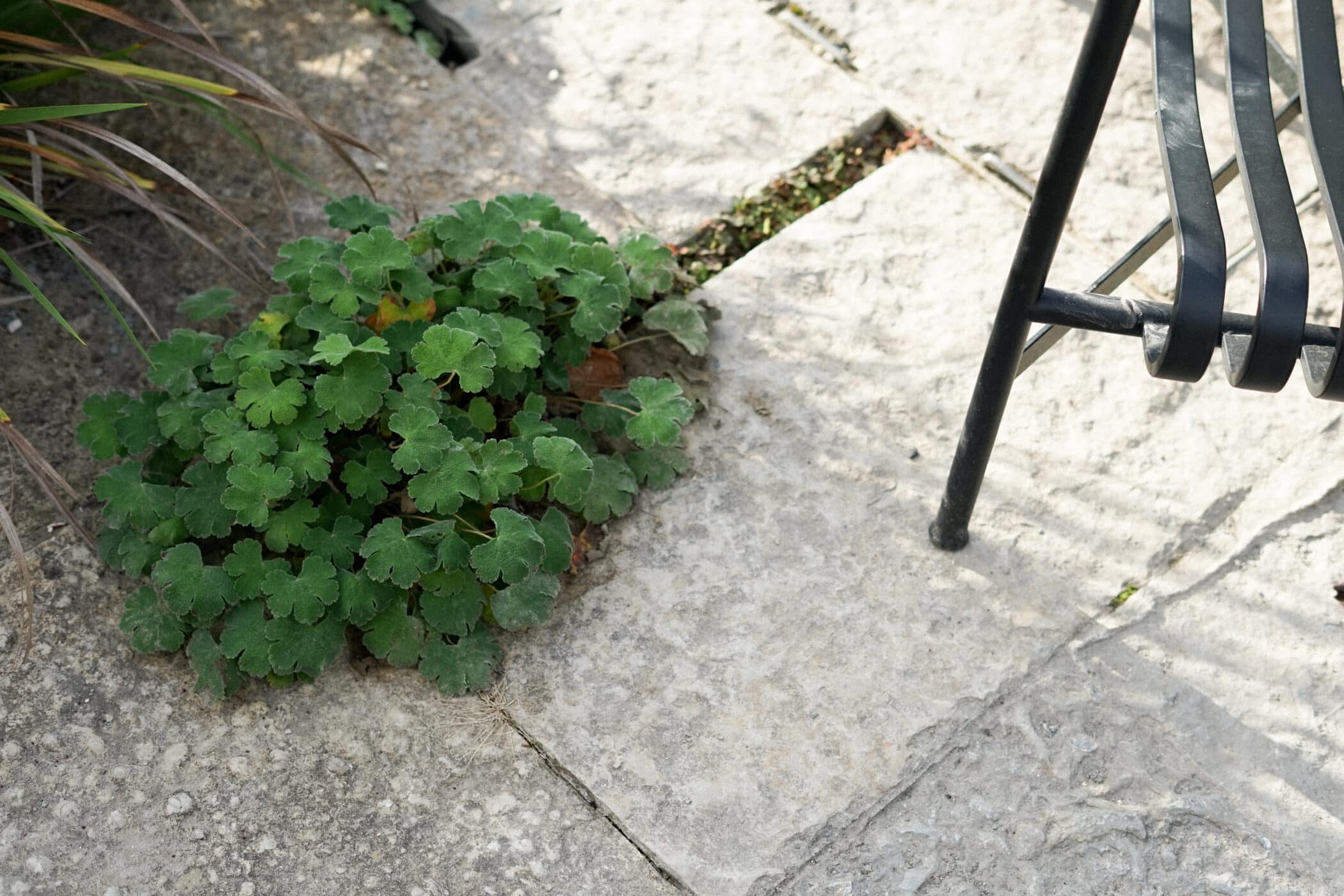
Windows
At various points, we noticed windows, archways, and structures that draw the eye. If you have the space, a divide between one section of a garden and another – especially one with a window in as pictured below, creates intrigue and invites exploration. If you’re working with a smaller space there are still techniques we can apply: structure from cane supports over taller plants or hanging lights to frame a balcony can both break the eyeline and encourage a closer look.
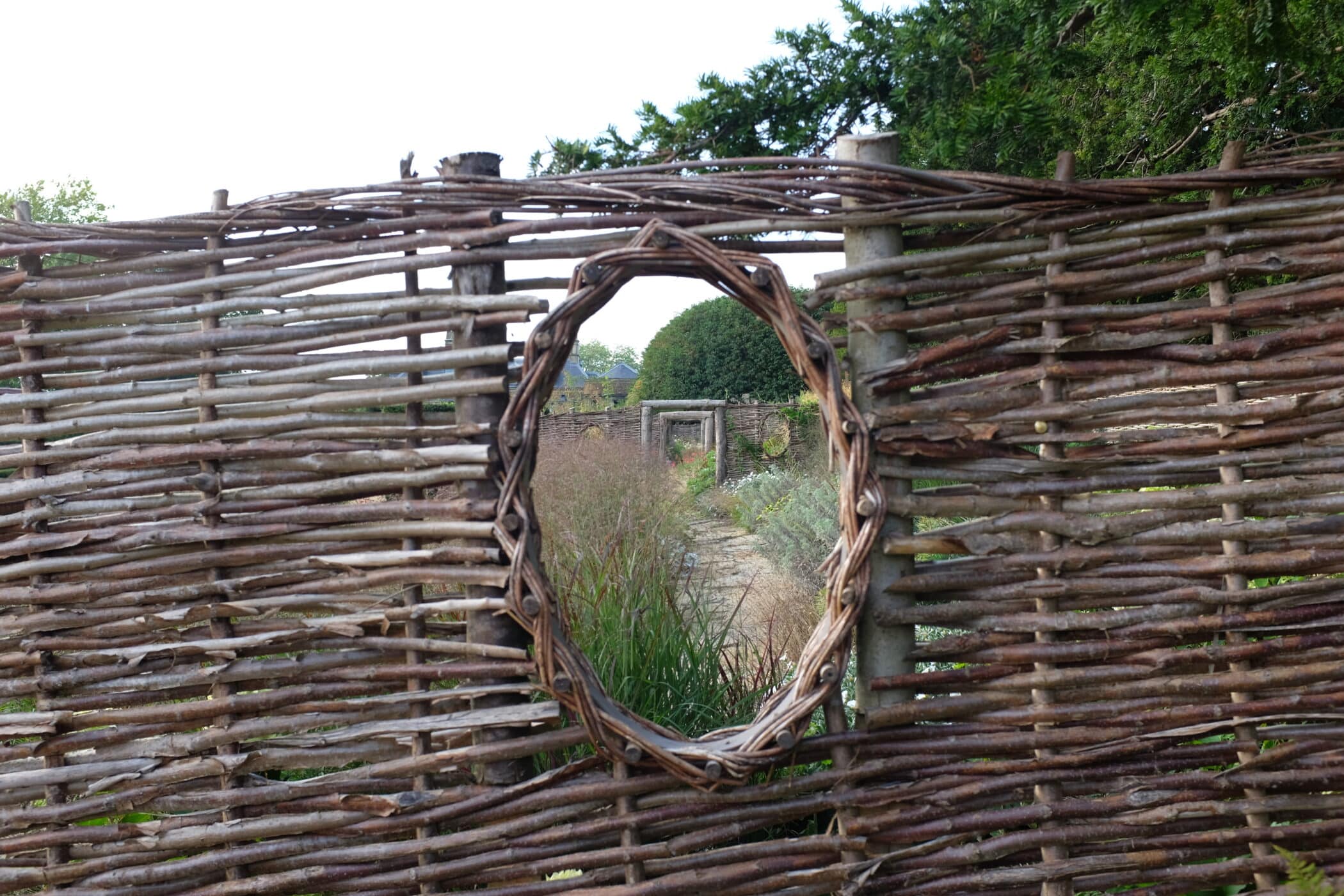
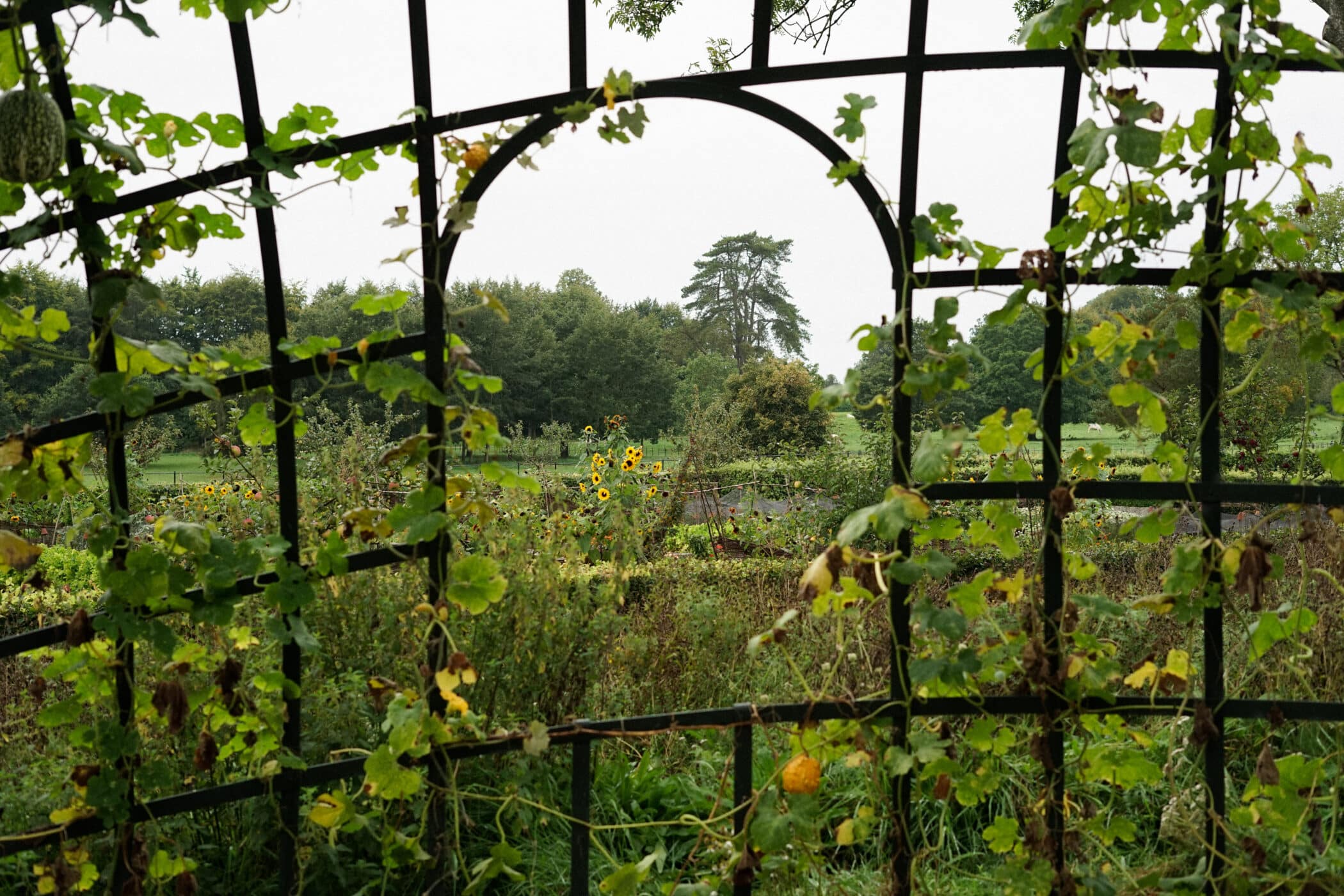
Edibles
Whether herbs in a terracotta planter or courgettes in a raised allotment patch, growing something to eat in your outdoor space is immensely satisfying. With its beautiful, vast kitchen garden packed with vegetables surrounded by nasturtiums, The Newt prompted us to think about the connection between gardening and food. We’re working on something exciting on this front at Dig for 2024, but in the meantime, this visit was a welcome reminder to dedicate even the smallest corner of your outdoor space to growing something edible.
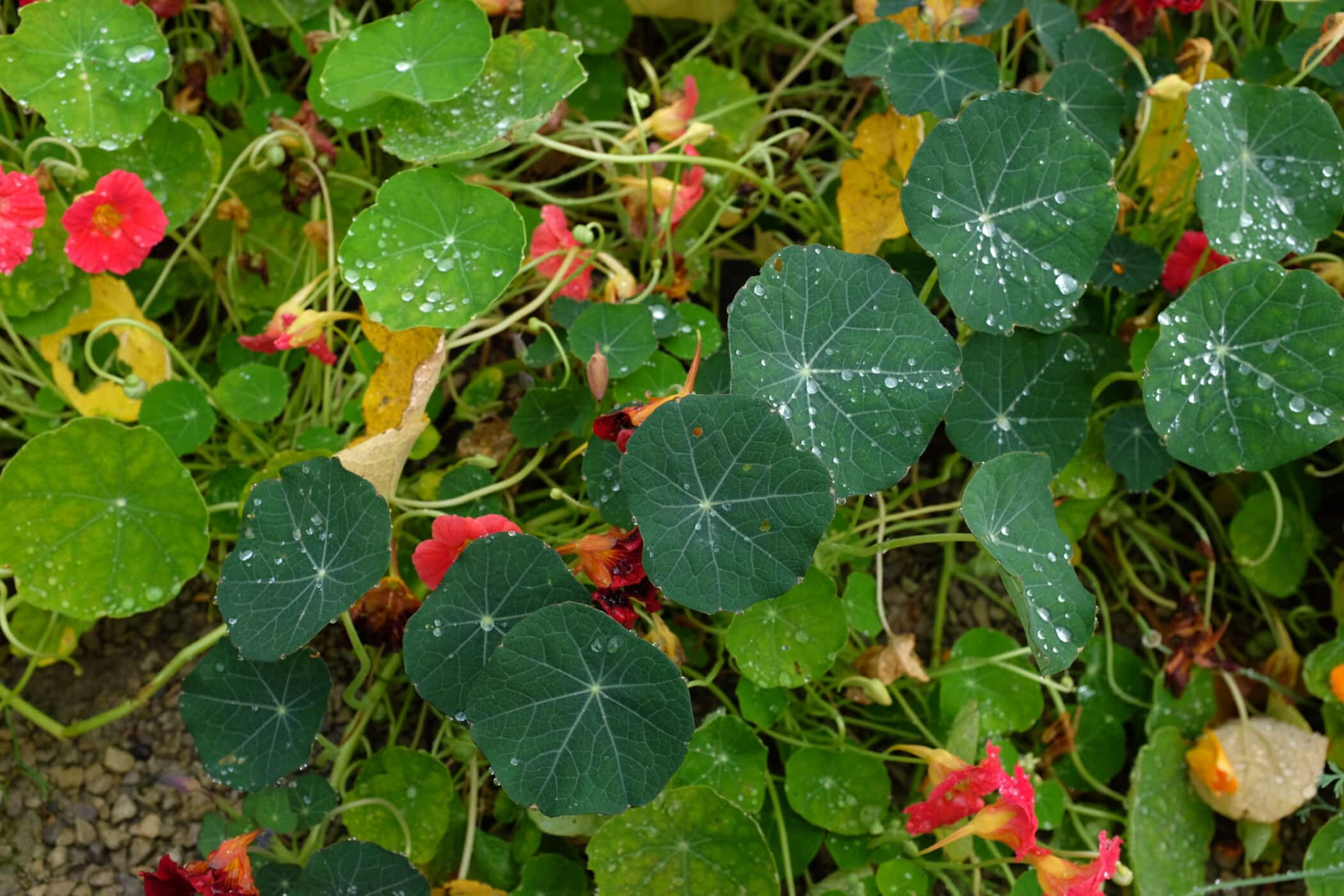
#DigTopTip – Nasturtiums produce edible flowers and are a very useful distraction for caterpillars and aphids, generally-speaking keeping them off your crops. An excellent natural alternative to nasty pesticides.
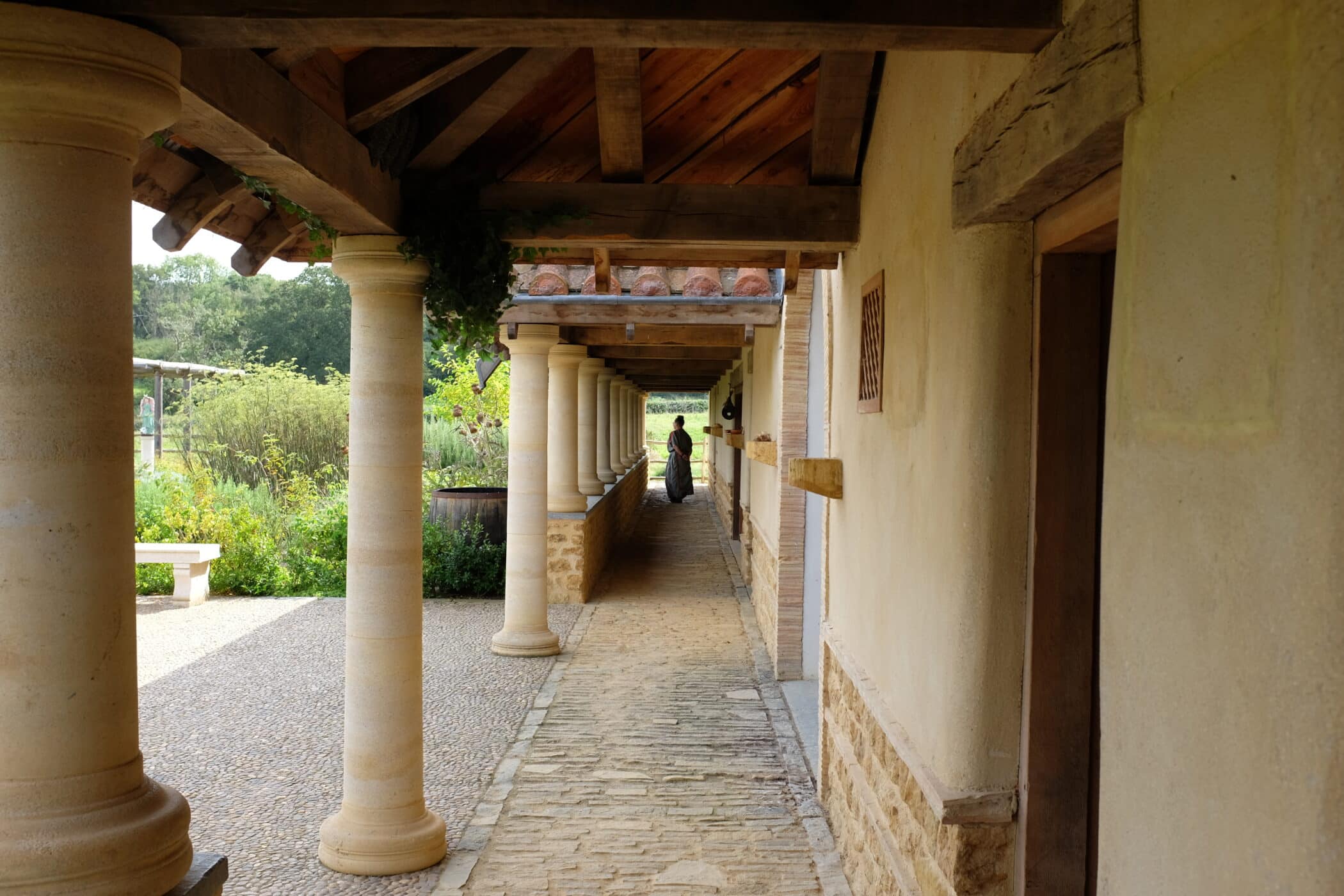
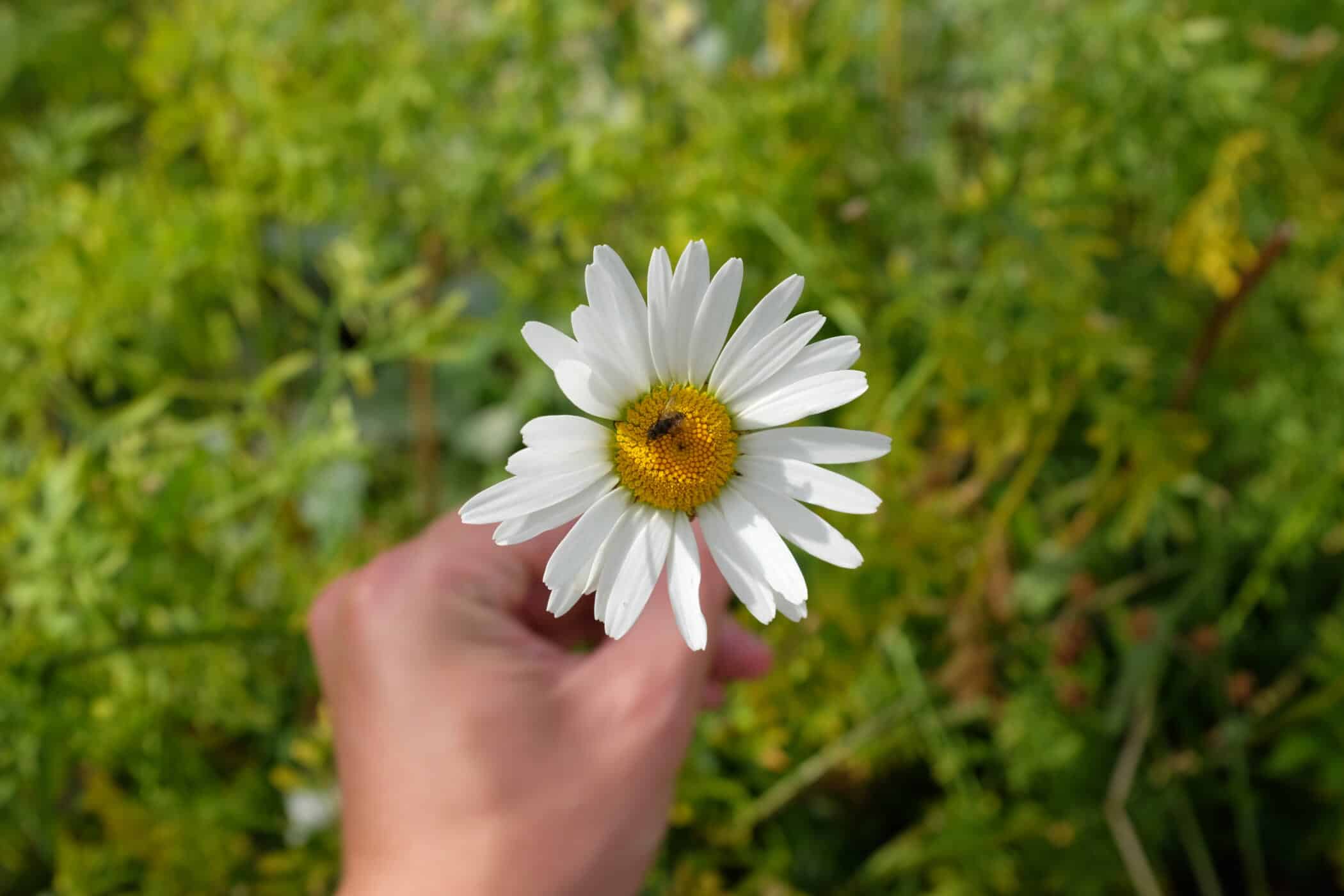
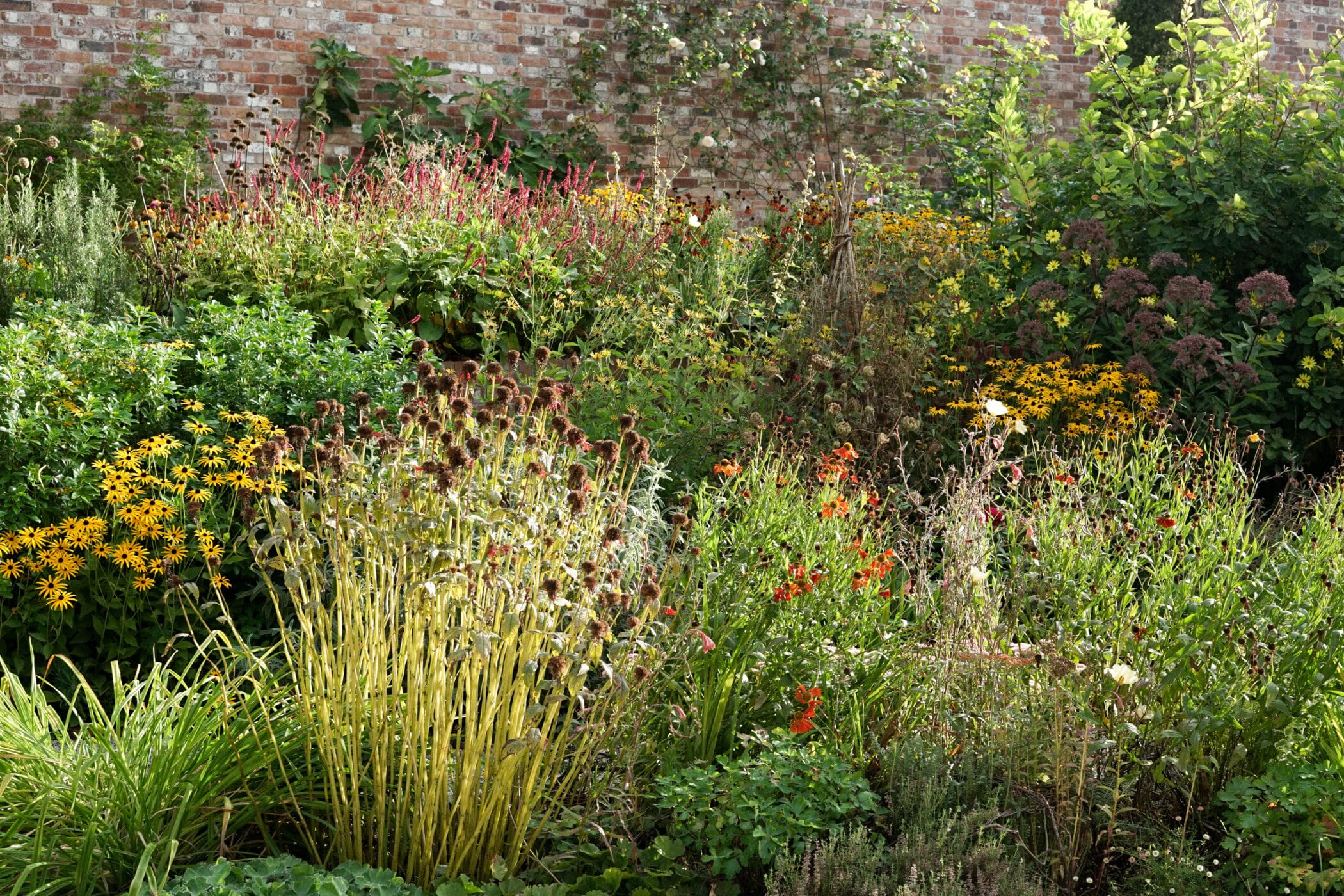
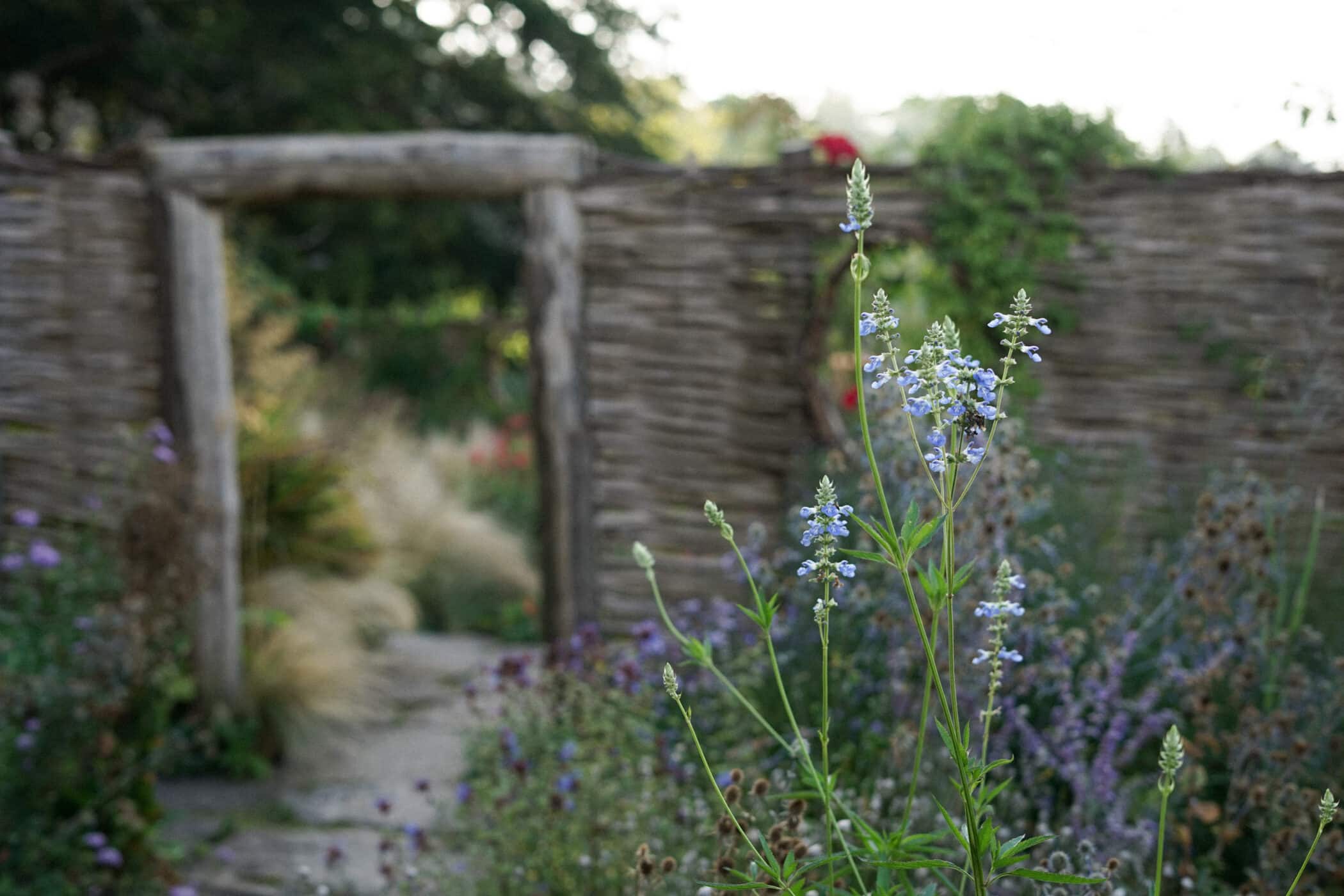
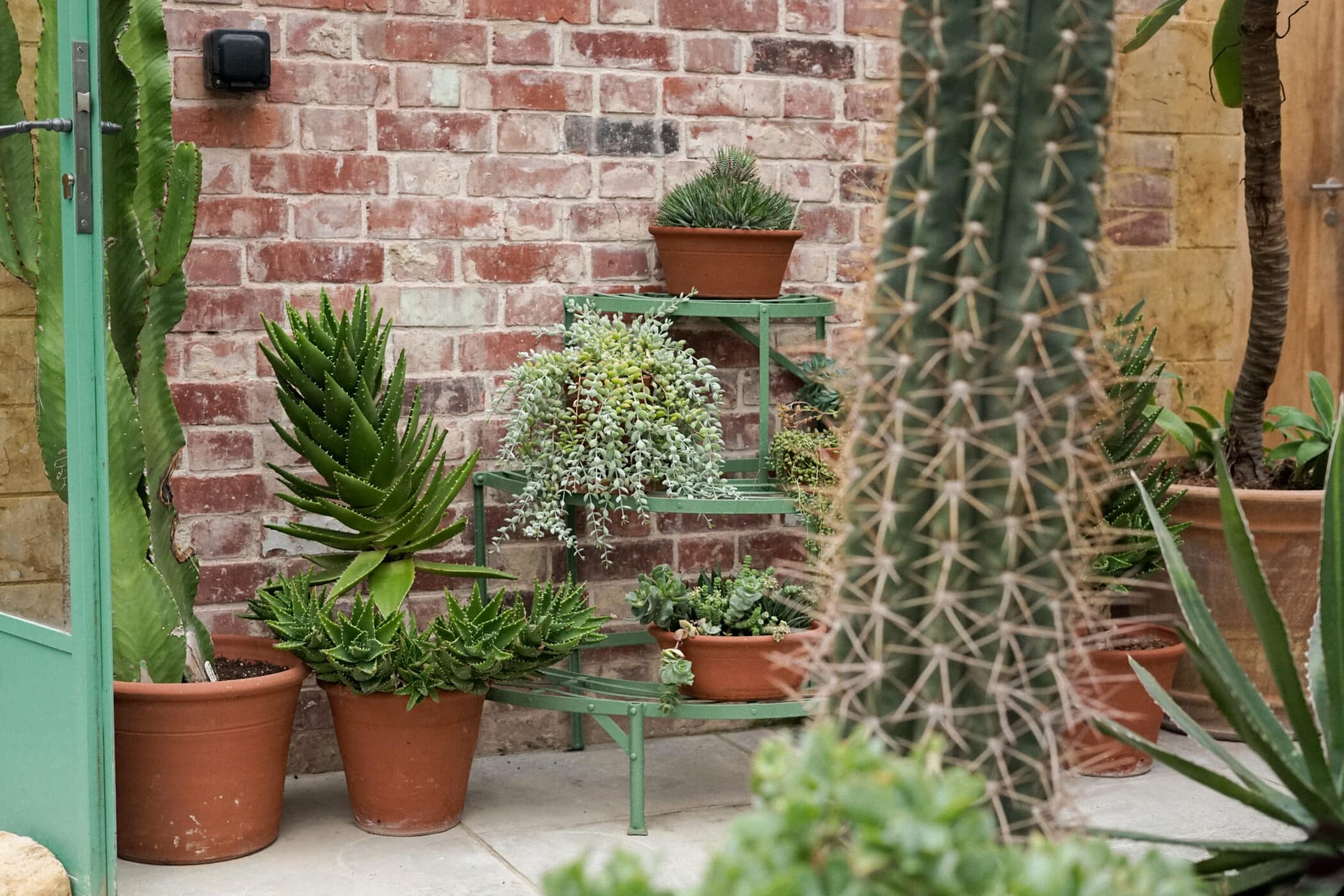
You can find out more about The Newt, how to get there, and what’s on here. Newt Membership is required to visit this garden, though as an RHS partner garden RHS members are able to visit on Tuesdays (and, with an RHS membership, you’ll also be able to visit other gardens up and down the country).
Image credit: Ed Maitland Smith/Dig

